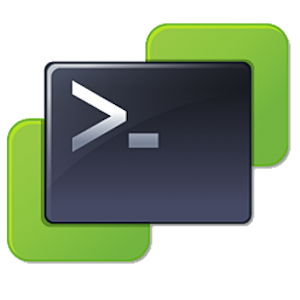Tag : PowerCLI

Written by Christopher Lewis on June 14, 2019 .
Out of the blue this week, I had a query from a colleague about being able to update the vCenter License key programmatically via PowerShell/PowerCLI. This is something I have done before so luckily I had a script.

Written by Christopher Lewis on April 24, 2017 .
In this post we will cover how to install PowerCLI 6.5.1

Written by Christopher Lewis on August 16, 2016 .
In this quick post, we will go over how to programmatically create a new vCenter User for use with Aria Automation 6.x

Written by Christopher Lewis on July 25, 2016 .
In this post we will learn how to automate the installation of an External Platform Services Controller in VMware vSphere 6.x using PowerCLI
Platform Services Controller PowerCLI PowerShell PSC VMware vSphere

Written by Christopher Lewis on July 3, 2016 .
In this post we will work through a way to automate the delivery of the vSphere Platform Services Controller using PowerCLI/Powershell
Platform Services Controller PowerCLI PowerShell PSC VMware vSphere

Written by Christopher Lewis on April 7, 2016 .
In this post I review Power CLI 2nd Edition which is A “must have” book for anyone who is working with VMware products and wants to add value and save time.
- Introducing the Super Metrics Repository
- Creating Super Metrics for Counting Ascendent/Descendent Object Metrics in a List View
- Creating a Custom Resource Action - Part 1: Getting Started & API Discovery
- Operating a Private Cloud - Part 3: Creating a Pricing Card in VMware Aria Automation
- Operating a Private Cloud - Part 2: Creating a Pricing Card in VMware Aria Operations
